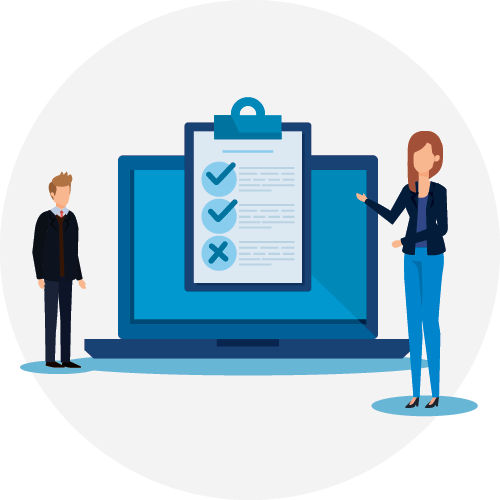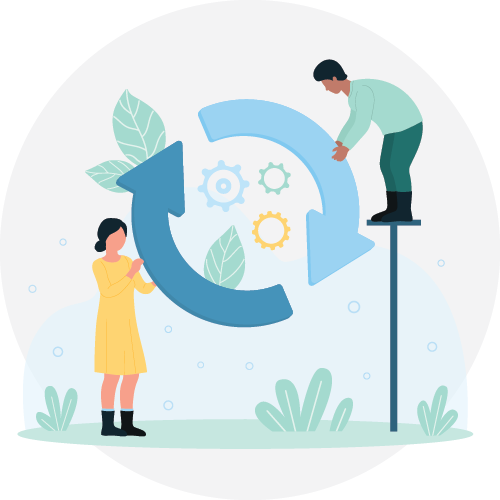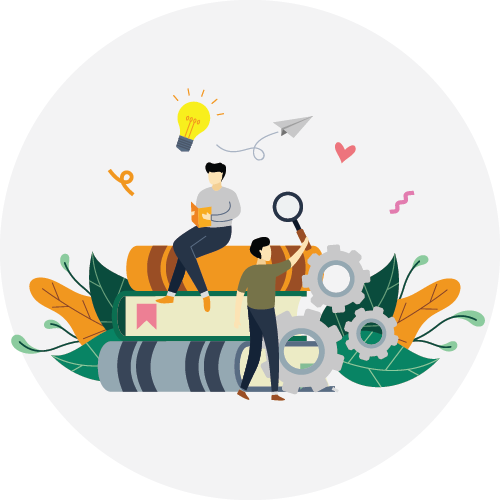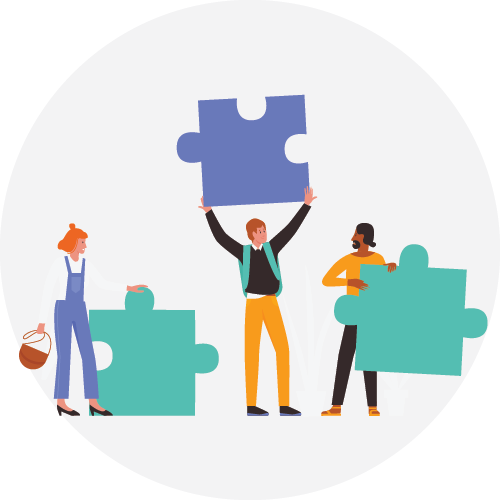Like it or not, you can't avoid the exponential development of generative AI solutions
Just last week, Klarna revealed that its AI bot handled two thirds of customer service chats in one month. That’s the equivalent amount of work as 700 people, with Klarna releasing the information to help other companies prepare for the disruption to come.
So, HR teams, it’s time to step up your game and have your responses ready! It’s not going to be easy, because as a people professional, you’ll be dealing with two overlapping disruptions.
Firstly, AI is disrupting your own work. My prediction is that 50% of HR work will be done by AI within the next five years.
Secondly, AI is disrupting all work in the organisation, while employees doing repeatable, rules-based knowledge work will be outperformed by AI, regarding quality, customer happiness and performance or speed. For example, some researchers predict that 80-90% of a doctor’s work will be replaced by AI. If you work for the public healthcare machinery, get ready for complete workforce chaos!
If you’re using the excuse that ‘AI can’t be human centric’, then it’s time for a wake up call. That belief is categorically false – Artificial Intelligence can communicate empathetically, comprehensively, and in a way many of us will understand.
If patients are already seeing no discernible difference between an AI-generated response over a real doctor, we can for sure expect the same indifference to prevail in less sensitive interactions.
In less than 15 minutes I can set up ChatGPT to be a great coach for basic managerial questions. Whether it’s answering questions on team behaviour, dealing with individual grievances, or giving tips on how best to communicate as a leader – AI can do it all.
If you’re sitting there thinking ‘no, internal coaching jobs are safe because it’s a human-to-human connection’, I hate to be the bearer of bad news – but they’re not.
Additionally, as an HR person, you may be thinking that even if technology is going to be a part of your everyday working life, it’s not your responsibility – well think again. This is the time in history when people leaders are crucial.
So with that in mind, here are some strategic decisions and initiatives to start today to prepare for sustainable and ethical, stepwise AI adoption in your company.

1. Be open about AI disrupting the world of work. This is as real as it gets. This adoption is bigger and faster than the internet revolution in the 90s. Don’t treat people like children. Tell it like it is, and start figuring out what actions to do together.
2. Upskill yourselves in AI in your HR teams. If you haven’t, you are late already! (If you need help, get in touch with me.)


3. Utilise AI to identify the top 10 replaceable roles in your organisation. Chart which roles have the highest probability to be replaced by AI. For example; Analysts, Administrators, Customer Service roles, Recruiters, Legal Researchers, Diagnosticians, Copywriters, Visual Designers, Educational Support Specialists. Don’t automatically think some roles are safe either – you may be thinking the arts and the music will come off unscathed from the rise of AI, but you’d be wrong. Why else would an $800 million USD studio development program be put on ice based on the sophistication of AI-generated video technology. Hollywood is peeing their pants right now.
4. Freeze your hiring into these positions immediately. Sounds rough, but you’ll thank me later. You’ll struggle with capacity until you have the AI in place, but soon release the capacity of real people to do more value adding consulting, from spending time on administrative tasks.


5. Refresh your strategic workforce planning process, and continue doing tactical level workforce planning every half year. Have a cross functional team responsible for the workforce planning, including the business, talent, L&D, AI/IT. You’ll need an end-to-end approach for this.
6. Seriously discuss the ethics of this disruption and what stance your company will take. Discuss remuneration, performance comparisons between machine and human, how your company will decide on layoffs or upskilling/reskilling of employees. Discuss the values that you will base your decisions on. You’ll be faced with tough decisions, where your organisation might just go with the financially best option. This option usually isn’t the most human option. You need to set up mindful and sustainable organisational development, leading with human centricity. This is the “S” and “G” in ESG. Please don’t let the CFO or the IT leaders run rampant, with dollar signs shining in their eyes. This is about people, their lives, livelihoods and the future of work. Now is the time to understand the broader consequences of this and lead these discussions as a People and Culture leader should.


7. Communicate! Give a few years heads up to people in “roles under risk of AI disruption”. Support people in proactively being active in owning their career and next step. Sitting passively and waiting is the worst possible alternative. If their skills have zero market value, they will be unemployable. Be courageous to have these conversations.
8. Create reskilling and upskilling pathways for the employees at risk and define very clear options with the employees.


9. Define external outplacement programs where employees can re-educate themselves into jobs that have less exposure to AI. While some may be resistant to change, one is never too old to develop new tricks – something Singapore has identified as part of their response to AI’s inevitable impact on the workforce, offering citizens aged 40+ cash incentives to retrain.
10. Identify deep experts in each area to become AI trainers. This is the time where expertise, critical thinking, scientific reasoning, logical structuring and math skills will be valuable. Forget about relying on generalist middle managers for decisions. Build expert teams who own the bots, train the bots and work as quality assurance and third tier support.


11. Enable and actively hold space for human to human connections. Last but not least, start systematically facilitating situations where people are in touch with people. Facilitate conversations, getting to know each other, building trust, learning together.
This development is bittersweet, and we do not know what work life will end up looking like.
We have to take stepwise, iterative, human centric, and feedback driven steps to evolve with this technology. Agile ways of working helps us do just that.
Agile HR Community is supporting HR teams in knowing how to tackle these big unknowns.
Thanks for reading!

Riina Hellström
Agile Enterprise Coach & AgileHR pioneer | Agile HR author | Strategy, Transformations & Change | Founder of Agile HR Community | HR Keynote Speaker | Helsinki & London

